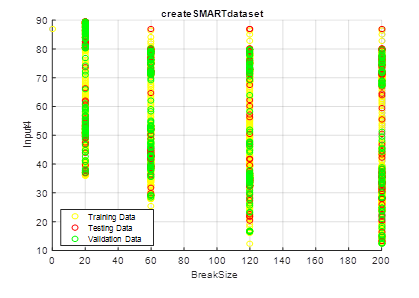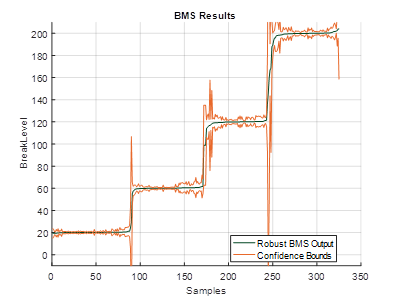SMART: ONLINE MONITORING OF NUCLEAR POWER PLANTS
The project will use artificial intelligence and signal processing tools to monitor nuclear power plants and to predict the dispersion of radioactivity in time and space following an accident.
Project Statement
The mitigation of cooling system breaks in pressurized heavy-water reactor requires fast and effective decision making that, in turn, relies on the prompt detection and accurate diagnostic of the fault. On-line monitoring techniques, based on the continuous acquisition of data during the reactor operation, provide appropriate solutions for the early detection of faults but, on the other hand, raise reasonable doubts on the accuracy and robustness of the response, due to the unavoidable uncertainty associated with the measured data and the low-computationally demanding models adopted.
The SMART project addresses these challenges, focusing on the implementation and validation of on-line monitoring tools for nuclear power plants. The resulting computational tools, developed in the OpenCossan environment, integrate cutting-edge machine learning techniques, able to ensure real-time fault detection, with Bayesian statistics, in order to enhance the robustness of the model response in presence of uncertainty. Application of the tool to a real-world system is currently under development.
Project Website
Click HereSMARTool: Tool for predicting the loss of coolant accidents in NPPs The SMARTool is an open source collection of computational tool freely available. The tool is very general having features for creating the training, testing and validation datasets for various single or combined neural network models for predicting the loss of coolant accident (LOCA) break scenarios in nuclear power plants (NPPs). It also enables to add new models or configure the existing models in a user-friendly manner. The various neural network models based on optimal brain surgeon algorithm, adaptive neuro-fuzzy inference, genetic algorithm, etc. developed during the SMART project under EPSRC-DAE collaboration have been implemented in an open source SMARTool. The SMARTool contains procedures and scripts used to identify and train ANN architectures adopting the Machine Learning Toolbox, while the pruning of the one hidden layer architecture has been performed adopting the NNSYSID toolbox. The NNSYSID is a toolbox for the identification of nonlinear dynamic systems with artificial neural networks which implements several algorithms for ANN training and pruning. A typical output of the SMARTool for creating training, Testing and Validation datasets has been shown in Figure 1.

Figure 1: Data creation in SMARTool
The SMARTool toolbox provides the adaptive Bayesian model averaging method, dataset organization and re-population methods (i.e. for linear and cubic spline interpolation as well as for Gaussian mixture sampling) and dedicated uncertainty quantification techniques, such as the error estimation for series association. In addition, the SMARTool can also access the advanced uncertainty quantification techniques provided by OpenCossan. The SMARTool prediction results with bounds for Bayesian model selection (BMS) approach for various LOCA break scenarios are shown in Figure 2.
